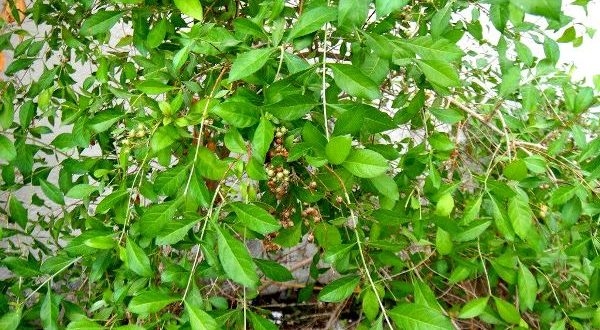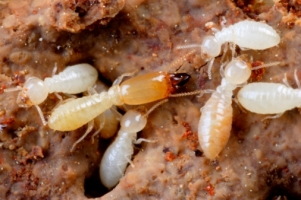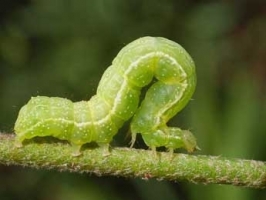General Information
Henna, also known as Mehndi mainly use for coloring of palms, feet, finger nails and also used for dying of hairs etc. It is native of North Africa. Oil extracted from flower of henna is used in perfume industry. Henna leaves, seed also possess medicinal property. Leaves are used to control bleeding and seeds in powder form mixed with ghee used to cure dysentery. In India, Rajasthan, Gujarat, Punjab, Haryana and Madhya Pradesh are major henna producing states. Rajasthan contribute about 90% of total henna production. In Rajasthan, Pali district is major henna growing district and produce best quality "sojat brand" of henna.




















